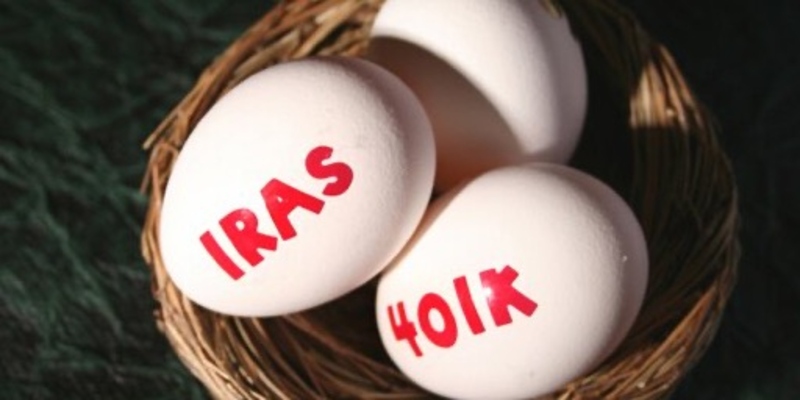There is a severe, sustained, widespread economic activity reduction during a recession. Economic downturns of this type are a recurring feature of the landscape, as the United States has undergone 14 official recessions since the Great Depression.
Recessions and the economic troubles they cause are massive news since economies tend to grow most often and represent deviations from their regular expansionary pattern. Perhaps because policymakers now have a better grasp on the underlying causes of recessions, they've become rarer during the past four decades.
What Is a Recession, Anyway?

Two consecutive quarters of real Gross Domestic Product contraction, which quantifies the total value of all products and services generated in an economy, are commonly used to characterize recessions. There is a recession in the United States when "significant economic activity declines across the economy and lasts more than a few months," as defined by the National Bureau of Economic Research.
How Long Is a Recession Typically?
According to the National Bureau of Economic Research (NBER), the United States has undergone 34 recessions since 1857, ranging from two months to more than five years. The average recession has lasted 17 months, whereas the six depressions since 1980 have lasted just under ten months.
How Do Recessions Affect the Markets?

Because their demand fluctuates less dramatically than other industries' during recessions, consumer staples, health care, and utility companies have historically done better than the overall market.
May 1937–June 1938: The Own Goal Recession
After 1933, a recovery from the Great Depression was established via the implementation of expansionary monetary and fiscal policies, although uneven and imperfect. In 1936-1937, officials redirected their attention away from the threat of depressive relapse and toward reducing budget deficits and curbing inflation.
By 1938, the budget deficit was down to 0.1 percent of GDP, thanks to a 1935 tax hike and 1937 implementation of payroll deductions for Social Security.
As a result, lending was stifled in 1936 by the Federal Reserve's decision to raise the reserve requirement ratios for banks. The U.S. Treasury began sterilizing gold inflows the same year, stopping the rapid rise of the money supply that had underpinned the expansion.
The V-Day Recession: February 1945 to October 1945
During and soon following World War II, the United States government curtailed spending and employment drastically, resulting in the 1945 recession. Spending by the government was cut by 40% in 1946 and then again by 38% in 1947, while the economy developed significantly. 11
The extent of the economic downturn is subject to debate because much of the decreased spending was related to wartime manufacturing, which had little effect on living standards. 12 In 1946, when price restrictions were abolished, output was artificially suppressed, but the unemployment rate remained low partly due to the enormous number of women who quit labor.
The Post-War Brakes Tap Recession: November 1948–October 1949
In certain aspects, the post-war boom's initial phase resembled the economic rebound following the COVID-19 epidemic. The end of wartime price restrictions sparked a sudden rise in inflation in mid-1946, adding to a backlog of repressed consumer demand and a lack of manufacturing capacity. 18 At its peak in April 1947, the yearly inflation rate had risen from 3.3% to 11.6% from June 1946.
August 1957 to April 1958: The Investment Bust Recession
A worldwide investment boom sparked by an increase in U.S. capital goods exports followed the end of the Korean War. A year after the inflation rate climbed from 0.4% in March 1956 to 3.7%, the Federal Reserve tightened monetary policy. A surplus of 0.7% of GDP was achieved in 1957 by fiscal policies to keep deficits under control.
Production of industrial goods and services fell sharply in late 1957 and 1958 because of an outbreak of Asian flu. 23 The Ford Edsel's failure signaled the beginning of the end for Detroit's auto industry supremacy due to declining domestic demand and changing customer expectations.
Spring to Winter: April 1960 to February 1961
The so-called "rolling adjustment" in the U.S. industrial sectors was named for the decline in demand for domestic automobiles in the face of increased competition from inexpensive imports, which sparked this slump. The Federal Reserve increased the federal funds rate from 1.75 percent in mid-1958 to 4 percent by 1959, much like most earlier recessions.
The Verdict
Recessions in the previous century have always been preceded by a tightening of monetary policy, as seen by an increase in interest rates. Reduced government expenditure, more outstanding taxes, or a combination of the two, have contributed.
This does not mean such programs should be immediately demonized when they cause a recession. The long-term alternative to current economic suffering may sometimes be even less pleasant, as was the case throughout the 1970s.




